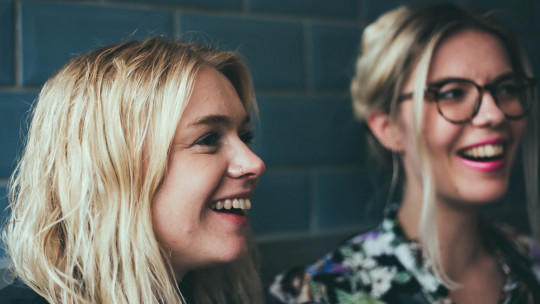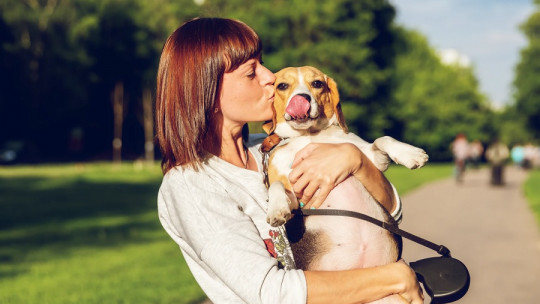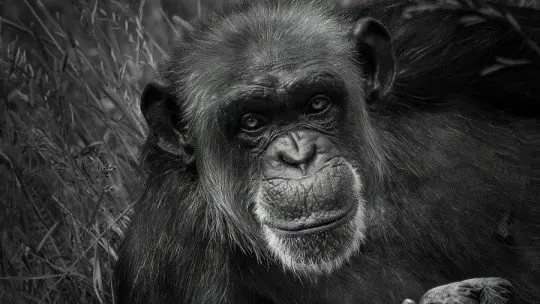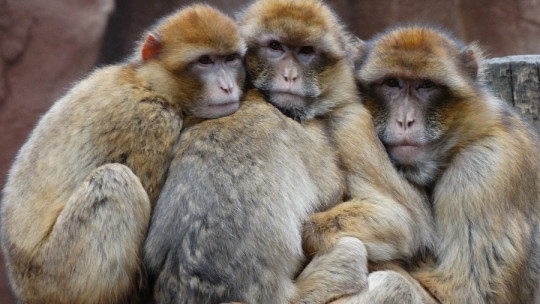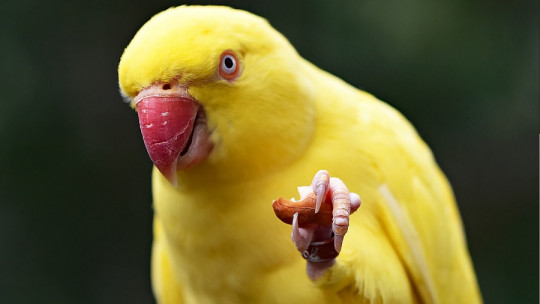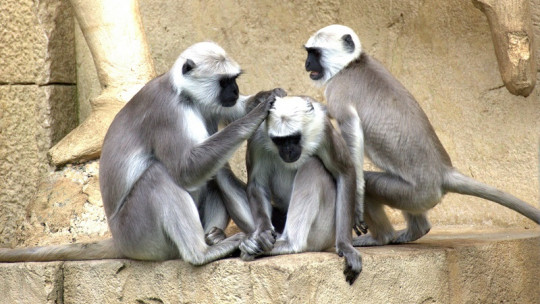
Hygiene is widespread in the animal kingdom. Many species go to great lengths to keep their coats, scales, feathers, and skin clean, sometimes doing so as ritualistically as cats do.
However, no matter how much experience and practice you have cleaning yourself, sometimes it is not enough to clean your entire body. Reaching all parts of the body is difficult, almost impossible depending on the anatomy of the animal and will require help.
Social grooming is the set of behaviors in which several individuals clean each other, and it has a lot of advantages beyond hygiene. Let’s delve into what this peculiar social behavior is all about.
What is social grooming?
Surely on more than one occasion you have noticed that cats spend a lot of time cleaning themselves by licking them. It is a behavior that does not go unnoticed because of how explicit it can be and, furthermore, they do it very often, dedicating about 15% of the day to his grooming habit, somewhat excessive seen from our human perspective. They do this to get rid of loose hair, sand and other foreign objects that may have gotten stuck in the fur that they take great care of.
But our feline companions aren’t the only animals obsessed with hygiene. In the animal kingdom we can find all types of species that regularly clean their fur, feathers, scales and skin to get rid of insects, leaves, straw, twigs, mud or food remains and dead skin. This self-cleaning and individual grooming behavior is necessary to keep the skin in good condition, but sometimes it is not enough and a little outside help is required.
In social or gregarious animals, social grooming is an activity in which an individual cleans, deworms, or otherwise cares for the body or appearance of another individual in his or her group Thanks to receiving help from another member of the herd, the receiving animal can clean areas that it would never reach on its own, in addition to spending an intimate moment of mutual cooperation that strengthens social bonds.
Social grooming does not only manifest itself in the form of deworming, although this is one of the most common. Actions such as scratching, petting or massaging are also considered grooming. These behaviors are socially very interesting, since it has been seen that friendships and other relationships established between two individuals who groom each other frequently are long-lasting, becoming as deep and stable as the relationship with our best friend would be.
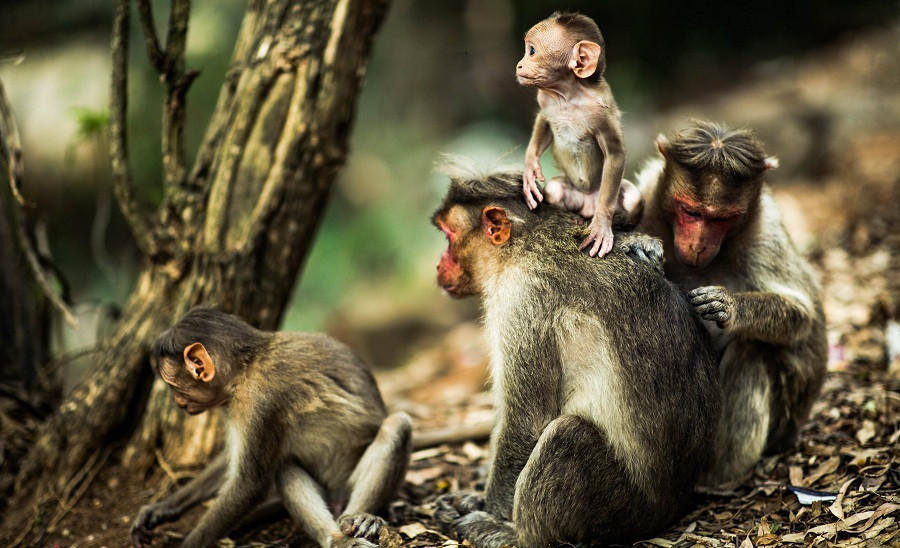
Social grooming in primates
Social grooming is one of the most studied social activities in primates. In the primatological world, this phenomenon is usually referred to with its Anglo-Saxon terminology of “social grooming”, and it is known that in species “cousins” to ours such as chimpanzees This grooming serves to strengthen relationships, reinforce the social structure and strengthen family and couple ties It is also used as a means of reconciliation and a strategy to resolve conflicts and, for this reason, primatologists call social grooming “the cement that unites the primate world.”
It has been seen that this type of behavior also serves as a currency, being used as a resource with which to exchange food and sex. It is also done for “free”, simply to kill time and get rid of boredom, although it is also used as a relaxation measure, reducing stress and tension so much that on more than one occasion chimpanzees have been seen falling asleep while being dewormed by others.
Why does this behavior influence social ties?
We can see that social grooming, both in primates and other animal species, is a behavior that allows establishing and creating lasting relationships between individuals. Now, what makes social grooming a social bonding strategy? What are the neurological mechanisms or psychophysiological explanations behind this phenomenon?
1. C fibers
As we have mentioned, social grooming can be carried out in multiple ways, including petting, scratching and massages. It has been discovered that, When one individual performs this behavior on another, the grooming animal’s C fibers are activated fibers that are related to pleasurable sensations and in which the limbic system and the orbitofrontal cortex are involved.
2. Endorphins
Sometimes the grooming behavior chosen can be a little rough, rough, and rough, like a massage. At first, the massage may be a little painful, but gradually it becomes a pleasant sensation. Why is this happening? The explanation is neurophysiological, involving endorphins, hormones and neurotransmitters that are released in the brain and induce a feeling of pleasure and relaxation in addition to acting as pain relievers.
The importance of endorphins in social grooming has been scientifically proven. Several investigations have shown that animals given endorphin blockers engage in excessive grooming behavior, as if they were never satisfied despite being scratched or massaged for a long time. Instead, animals injected with endorphins act as if they are already satisfied and they appear disinterested in giving or receiving “grooming”.
3. Oxytocin
Finally, it is worth mentioning a study carried out by the Max Planck Institute in Germany through which it was seen that oxytocin also seems to be involved in the formation of social bonds related to mutual grooming. This study, conducted by Crockford and colleagues, found that Oxytocin levels were higher in chimpanzees that had just performed social grooming on individuals with whom they had greater trust or with whom they had previously groomed compared to chimpanzees that had groomed a new individual, in the latter case having lower levels of this hormone.
In this same research, it was also seen that oxytocin levels were equally high after grooming both individuals with whom one was related and those not related, as long as there was a significant bond and history of previous social grooming. Oxytocin is known to act neurologically in the reward and social memory systems, so the Max Planck Institute study shows that oxytocin plays a key role in maintaining social relationships beyond genetic ties.
- You may be interested: “Types of neurotransmitters: functions and classification”
And what does this mean for humans?
Human beings continue to be social animals, and proof of this is that we maintain relationships for long periods of time If we stop to think for a brief moment, the reality is that we are constantly involved in social grooming, carrying out behaviors that would be nothing more than more complex modalities of behaviors such as scratching, massaging and caressing.
Behaviors that can be considered social grooming in one way or another include giving a warm handshake, hugging with our friends, and snuggling with people we care about. Although we may not realize it, these forms of social grooming are fundamental to our ability to connect with others and introducing new things such as massaging our partner or caressing our children can help us improve the well-being of our social environment, avoid arguments, create a climate of calm and, ultimately, strengthen bonds.


